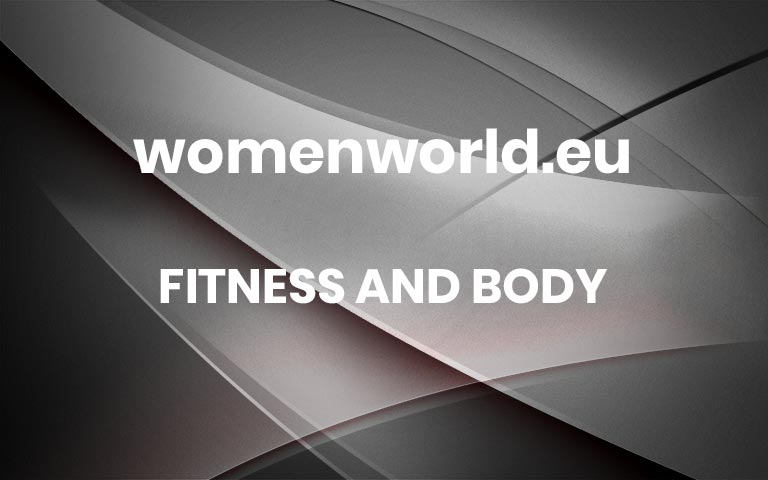Can Wearing Wrist Weights On A Walk Really Tone Your Arms? We Asked A Fitness Expert
The hot girl walk is about to get hotter—and maybe a little retro. When Kate Davidson posted a simple Sunday morning vlog, filled with skincare, her furry friends and the farmer’s market, to TikTok, her super-toned arms ended up stealing the spotlight. In a subsequent video that racked up five million views, she dropped her secret and it’s simple: wrist weights.
Kate Davidson – Toned Arm Trend
Davidson credited wearing the 500g wrist weights on her daily walks for her sculpted upper-body physique, and naturally, the rest of the internet was influenced to give them a try, myself included.
While many shared their excitement about this “lazy girl hack” for toned arms, others in the comment section had concerns that wrist weights are bad for joint health. But, as long as the weight isn’t *too* heavy, your joints should be okay. “A very heavy weight on a weak wrist can be harmful in that it can put undue strain on your joints, but that’s about it,” says Claudette Sariya. So, you’ll just want to make sure you’re not overloading your wrists with too much weight.
But, how much of a difference will wrist weights make? Here’s what you need to know about incorporating wrist weights into your hot girl walks and beyond.
Meet the expert: Claudette Sariya, CPT, is the founding instructor at SOLE Fitness and a coach at F45 Training.
Benefits Of Wrist Weights
The cult-fave Bala Bangles are a modern take, but wrist weights have been popular since the 1970s and 80s. They’re versatile and can be used at any time, whether you want to strap them on while you’re doing household chores, at a barre class, or on a walk or run, says Sariya. They add resistance and therefore up the intensity of any activity and help build muscular endurance.
Wrist weights can help your arms look more toned, but not for the reason you might think. “Using weights while walking won’t help you build muscle,” Sariya says. Instead, by adding weights to your walking routine, you’re making the activity a little bit harder and increasing your caloric burn, even if just by a little bit.
While you may see the benefits of wearing wrist weights on your arms, it’s not because wrist weights can spot reduce fat (this isn’t possible, Sariya says). Since your arms don’t store most of the body’s fat to begin with, that’s one of the first places you’ll notice a difference, Sariya explains.
Nordik Beauty Fitness Wrist & Ankle Weights
OTG Weighted Bangles
How To Use Wrist Weights While Walking
The beauty of wrist weights is that they’re easy to use. After you’ve strapped them to your wrists, you’re ready to take them out for a spin. Before you get started, you can also do some wrist rolls to warm up your joints. In order to maximise their benefits, keep your elbow bent at a 90-degree angle, similar to how you hold your arms while running, advises Sariya. And, “if you feel comfortable and coordinated, you can add in bicep curls to get an extra boost,” she says. Overall, the more you move with intention, the more of a difference you’ll see, says Sariya. You can also slowly increase your weights for an additional burn, as long as they’re not too heavy.
As for how often you should use your wearable weights, incorporating them into your preferred form of cardio (so, in Davidson’s case, her walks) twice a week for about 40 minutes is a great place to start, says Sariya. Since wrist weights are not an effective way to build muscle, you should also do strength training if you’re looking to really take your arms to the next level.
READ MORE: Step Into Your Best Shape With The WH Walking Challenge
When should you see results?
There’s not one timeframe for when you can expect to see results from walking with wrist weights because it varies based on things like starting fitness level and the intensity of your walks. (If you’re a fitness newbie, the good news is results might appear quicker than for someone who is already hitting the gym multiple times a week.)
While the added weight on a walk gives you a little boost by driving your heart rate up and working more muscles, the timeframe for results is actually still pretty similar to walking without them. But, if adding this accessory is the inspiration and excitement you need, wrist weights can be a great way to spice up a stale walking routine—I know they spiced up mine.
READ MORE: 5 Ways To Burn More Fat During Your Walking Workouts
This article written by Olivia Luppino first appeared on Women’s Health UK. Additional product recommendations by the Women’s Health SA team. More


